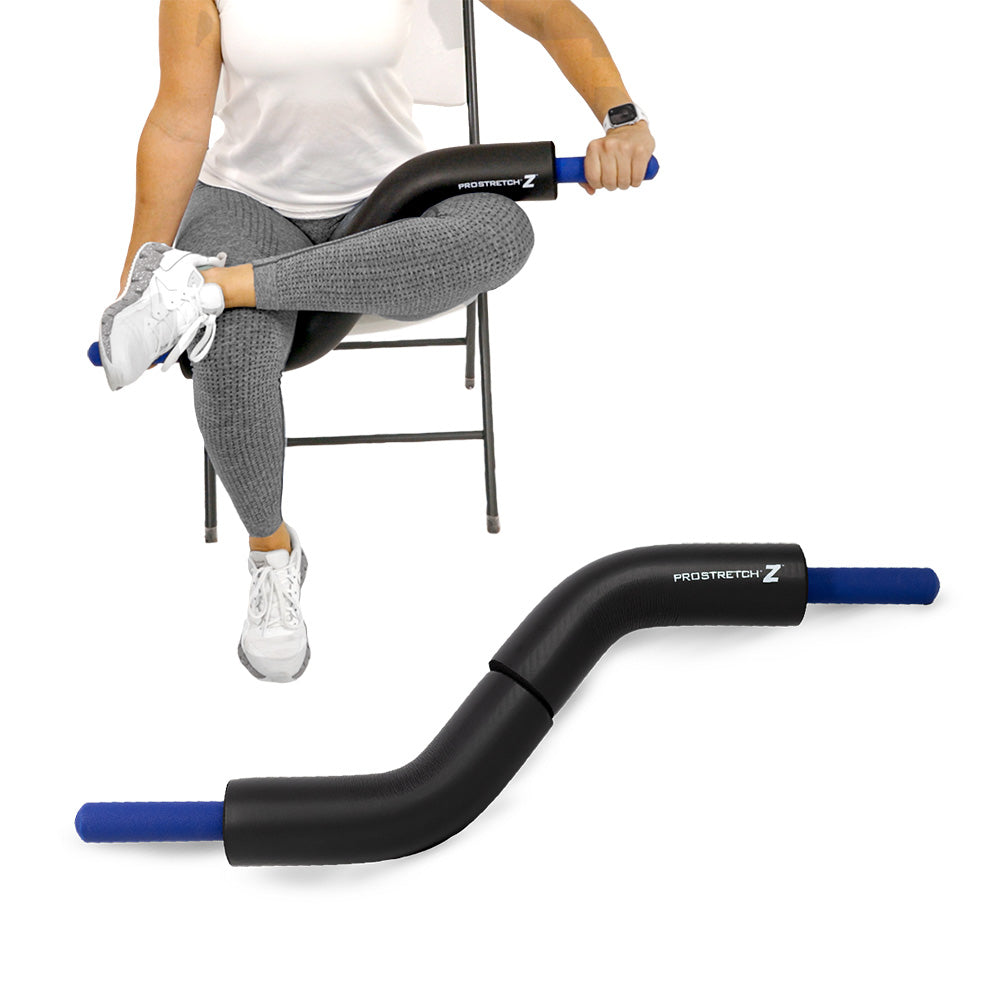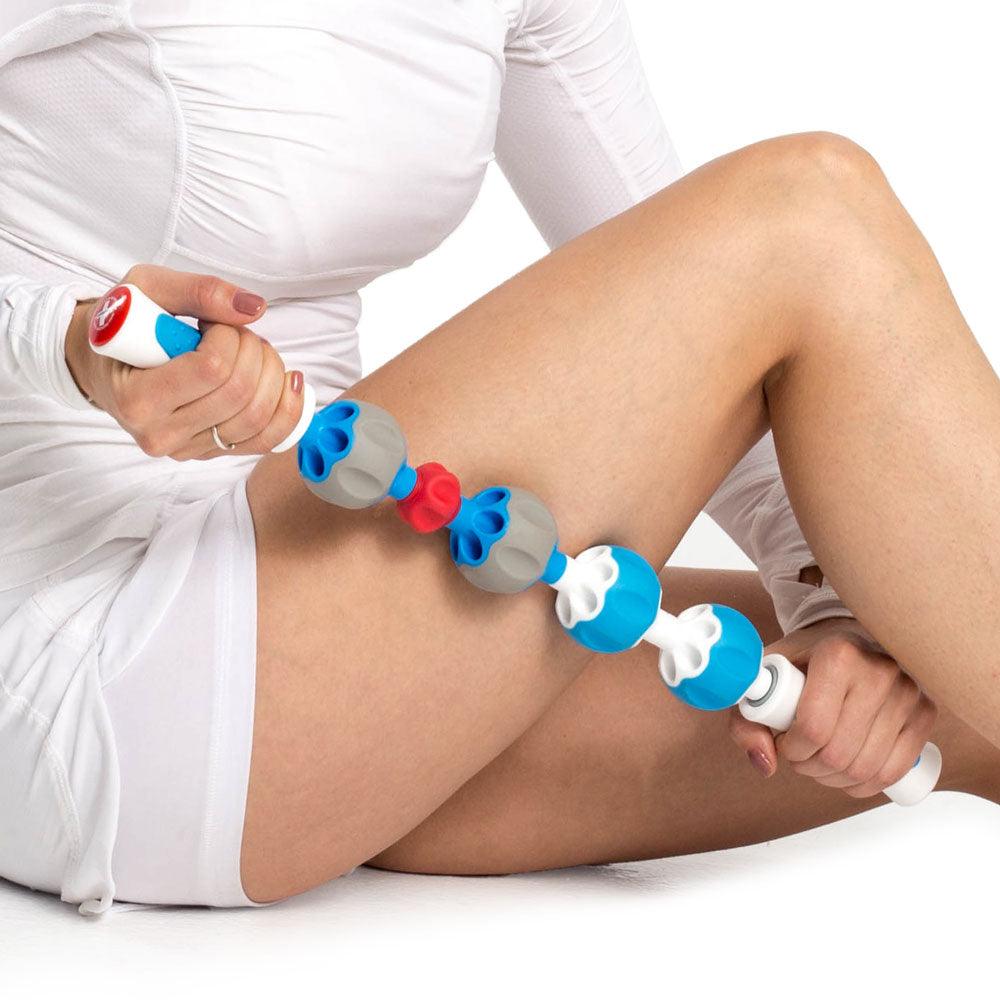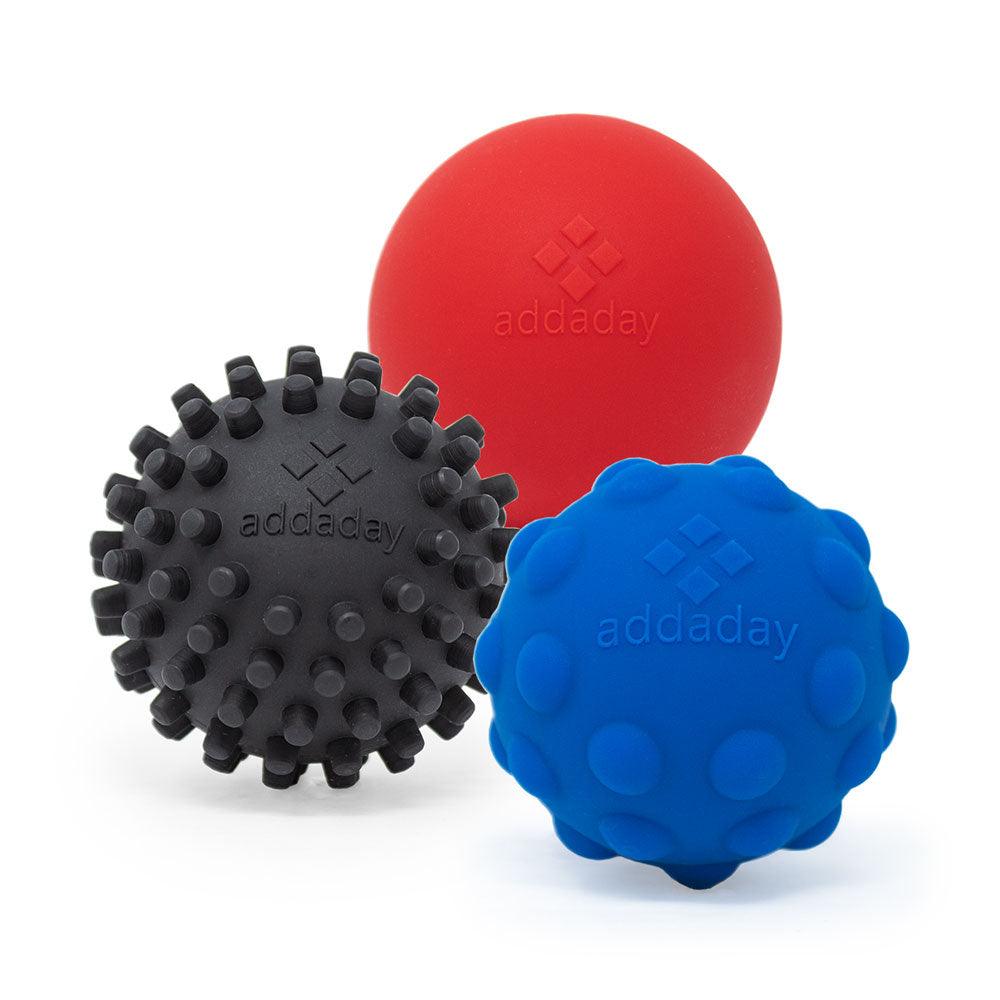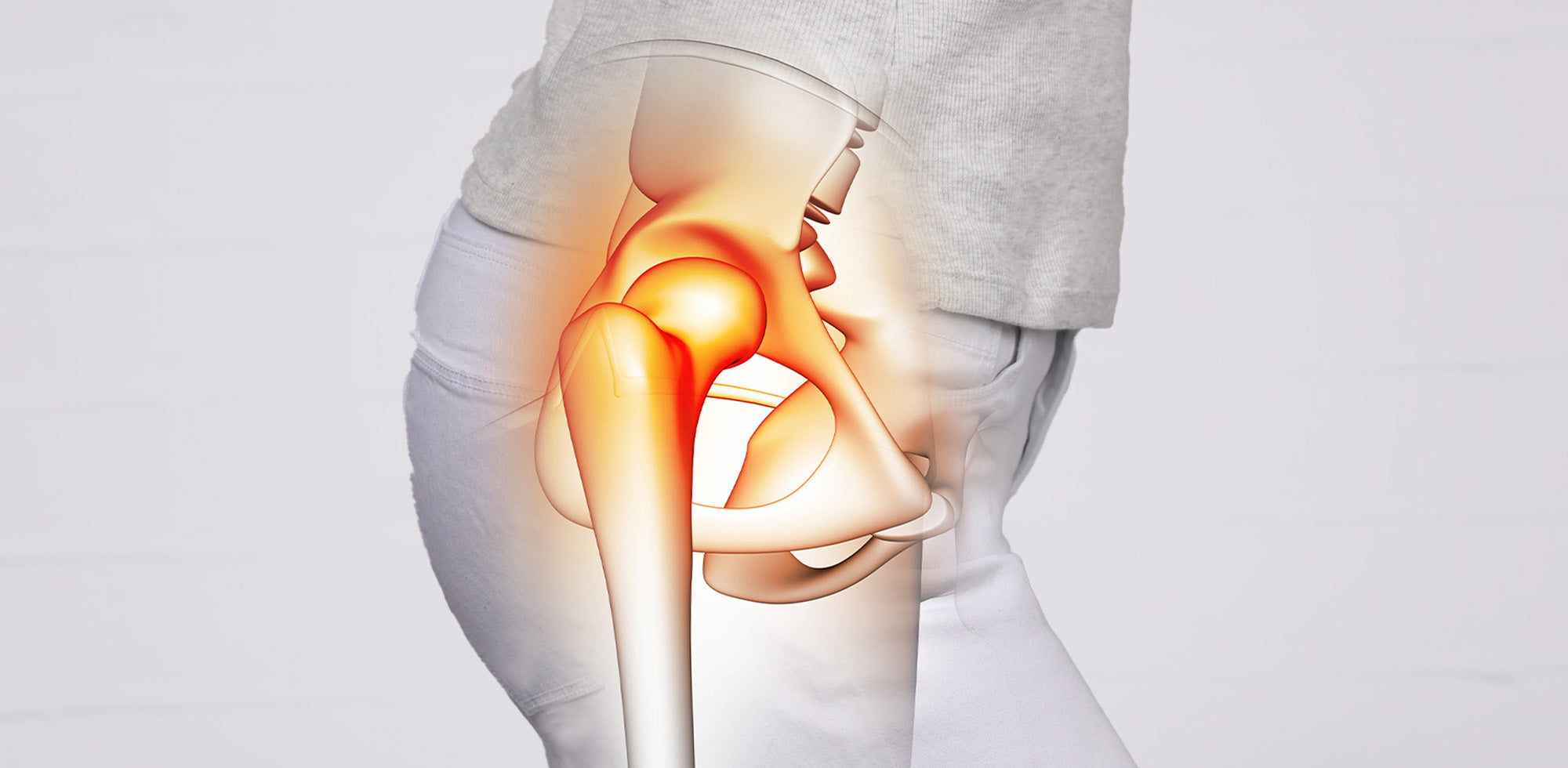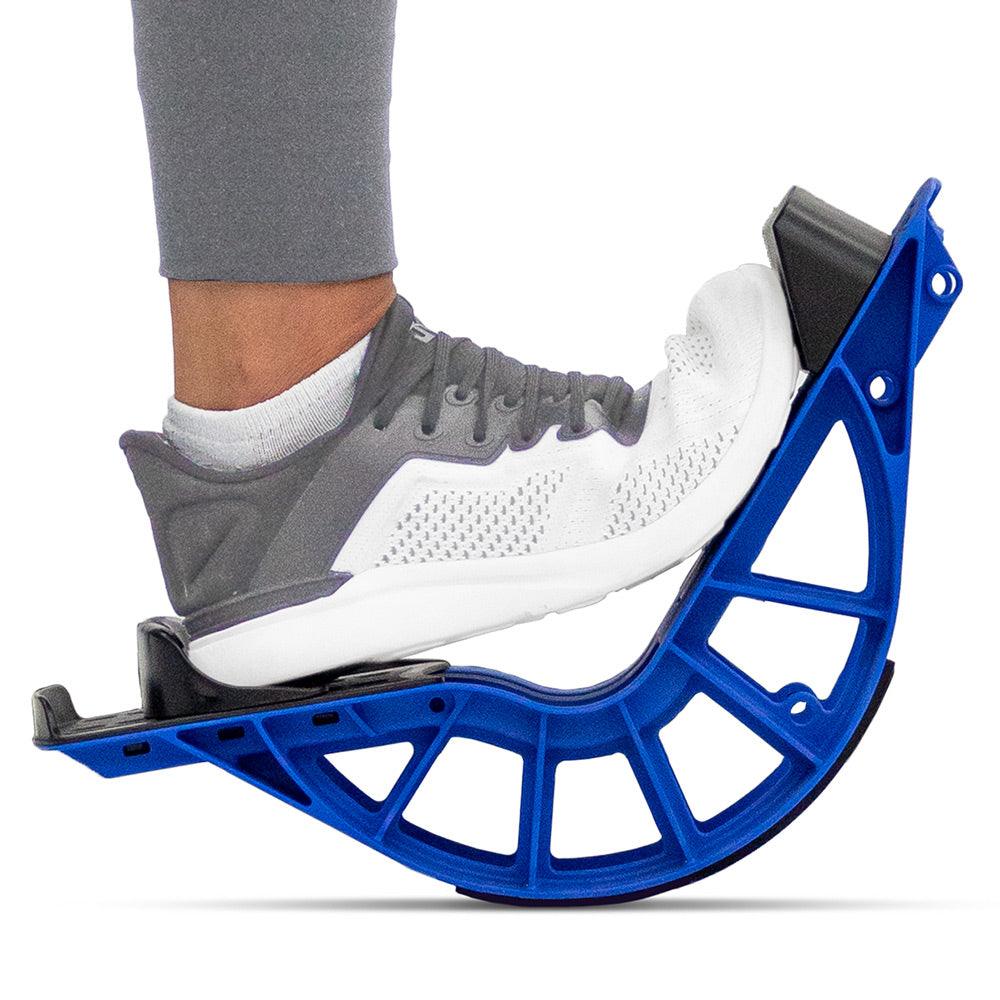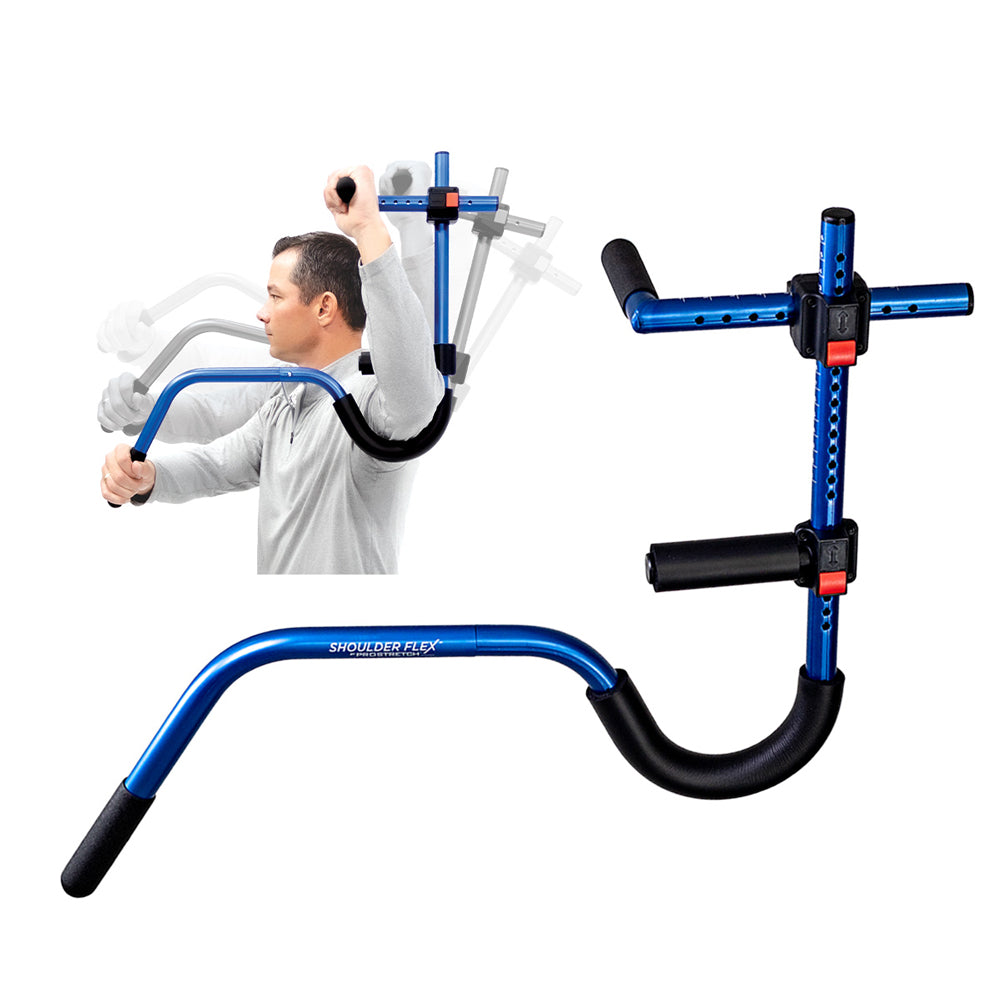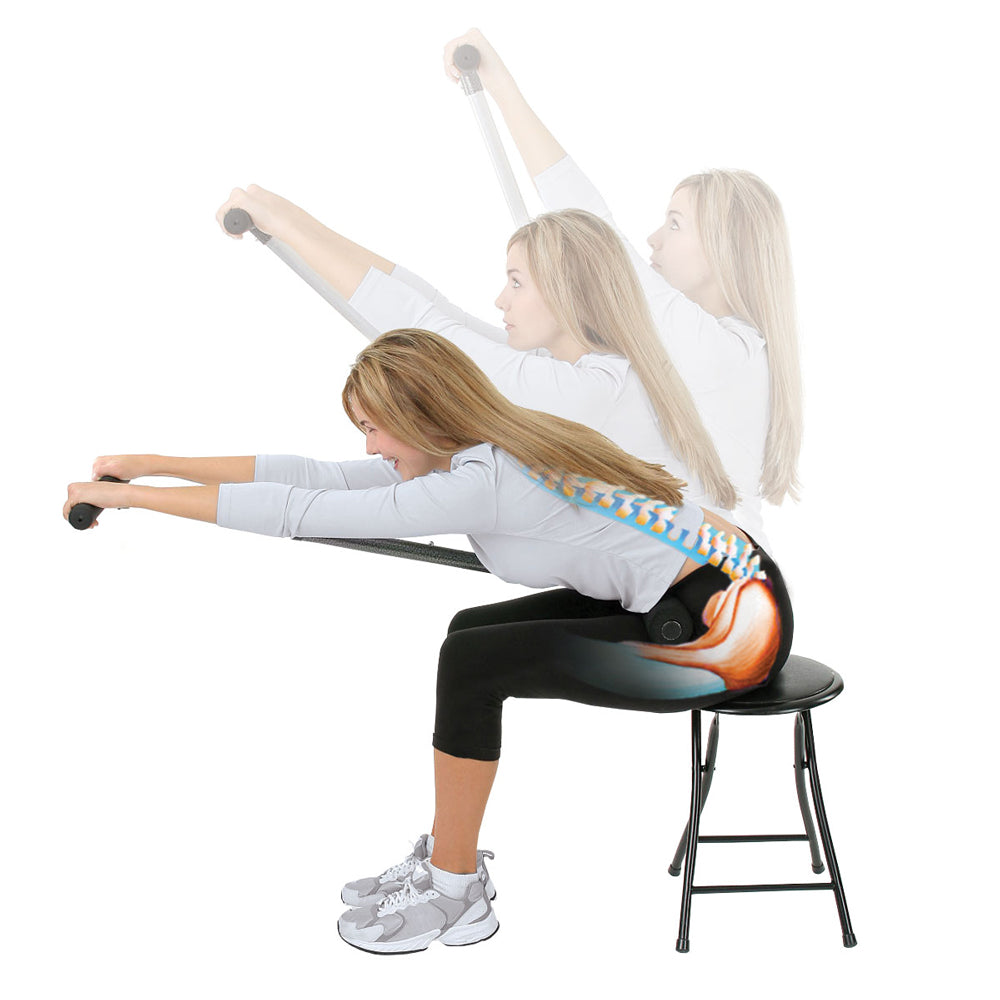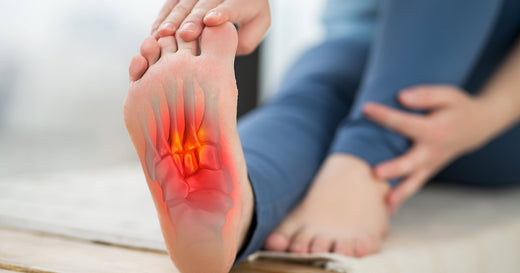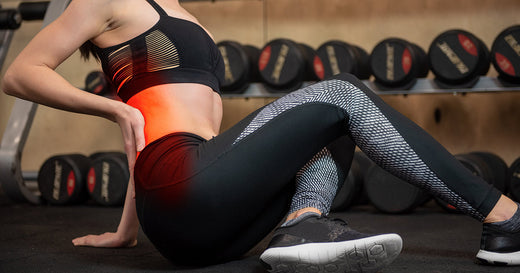Piriformis syndrome is a neuromuscular condition that can significantly impact daily life. Understanding its causes, symptoms, treatments, and prevention methods can help individuals manage or avoid this discomfort.
What is Piriformis Syndrome?
Piriformis syndrome occurs when the piriformis muscle—a small, pear-shaped muscle located deep in the buttocks—compresses the sciatic nerve. This compression can result in discomfort, loss of sensation, or a tingling feeling in the buttocks, following the sciatic nerve route and frequently extending down the leg.
Table of Contents:
- Piriformis Syndrome Causes
- Piriformis Syndrome Symptoms
- Piriformis Syndrome Treatments
- How to Prevent Piriformis Syndrome?
Causes
Piriformis Syndrome Causes
Several factors can contribute to piriformis syndrome, including:
- Overuse or Repetitive Movements: Activities like running, cycling, or prolonged sitting can strain the piriformis muscle.
- Muscle Imbalance: Weak or tight surrounding muscles may lead to improper movement patterns.
- Trauma or Injury: Direct trauma to the buttocks, such as a fall or car accident, can inflame the piriformis muscle.
- Anatomical Variations: In some cases, the sciatic nerve may pass through or closely beneath the piriformis muscle, increasing the likelihood of compression.
Symptoms
Piriformis Syndrome Symptoms
Common symptoms include:
- Persistent pain or discomfort in the buttocks.
- Radiating pain down the back of the leg, similar to sciatica.
- Numbness, tingling, or a sensation often described as "pins and needles."
- The pain intensifies with prolonged sitting, climbing stairs, or running.
Treatments
Piriformis Syndrome Treatments
Stretching and strengthening are vital components in managing and preventing piriformis syndrome. Stretching helps to release tension in the piriformis muscle, reducing compression on the sciatic nerve and improving flexibility in the hips and glutes.
Strengthening exercises, on the other hand, build stability in the surrounding muscles, including the core, glutes, and hip abductors, ensuring proper alignment and reducing strain on the piriformis. Together, these practices create a balanced, supportive musculature that minimizes the risk of recurring pain and enhances overall mobility.
FOR LONG-TERM HEALING
Stretching and Strengthening Products:
Gentle stretches and strengthening exercises that focus on the piriformis muscle can help relieve tension and enhance flexibility.
Recommended products:
 NEW ProStretch® Z™ ★★★★★ Designed to aid in the stretching and strengthening of the lower back, hips, and pelvis. It focuses on relieving discomfort from conditions like sciatica, Piriformis syndrome, and lower back tightness by enhancing flexibility, correcting muscular imbalances, and facilitating Muscle Energy Techniques (METs) for pelvic alignment. |
Massage Products:
Massaging helps to relax tight muscles and release tension, reducing overall discomfort and promotes a greater range of motion. A targeted massage can address specific trigger points or knots in the muscles, contributing to pain relief and enhancing the overall recovery from hip pain.
Recommended products:
 ProStretch® Pro Stick Massage Roller ★★★★★ Is an innovative multi-layer therapy roller with a range of possibilities. Provides deep tissue massage, allowing you to apply pressure directly to the muscles and soft tissues around the hip. Deep tissue massage helps relieve muscle tension and improve blood circulation. |
 ProStretch® Nonagon Foam Roller ★★★★★ It is the ideal trigger point massage tool to help alleviate muscle soreness, tightness, and tiredness by sitting, leaning, or rolling, improving flexibility for active pain relief, and encouraging optimal blood flow. |
 ProStretch® Rounchucks Massage Balls ★★★★★ Provides deep, targeted pressure to release tightness and alleviate pain in the piriformis muscle. |
 ProStretch® Trio Massage Balls ★★★★★ Target and relieve tension in the piriformis muscle through focused, deep-tissue massage. Their varying firmness levels allow for customizable pressure to release tightness, reduce pain, and improve mobility in the affected area. |
In addition to the above-mentioned techniques, you should always ice the area after you have exercised to reduce inflammation. Speaking to a physician about proper medication could also be an option to explore.
Prevention
How to Prevent Piriformis Syndrome?
Preventative measures can significantly reduce the risk:
- Regular Stretching: Incorporate stretches for the hips, glutes, and piriformis muscle into your routine.
- Strengthening Exercises: Strengthen the core and lower body to maintain muscle balance.
- Proper Posture: Sit with your back straight and feet flat on the floor. Avoid crossing your legs for extended periods.
- Take Breaks: Avoid prolonged sitting or repetitive movements by taking regular breaks to stretch or walk.
- Warm-Up and Cool-Down: Properly warming up before exercise and cooling down afterward can prevent muscle strain.
Piriformis syndrome can lead to considerable discomfort and disturbances in daily life; however, with prompt treatment and proper care, it can be effectively managed. By learning about its origins, signs, and ways to prevent it, individuals can take initiative to preserve their mobility and improve their overall quality of life.
PLEASE NOTE: The information on this website and article is for information only and should not be used as a substitute for consulting your doctor. Consult your doctor for proper diagnosis and rehabilitation.





